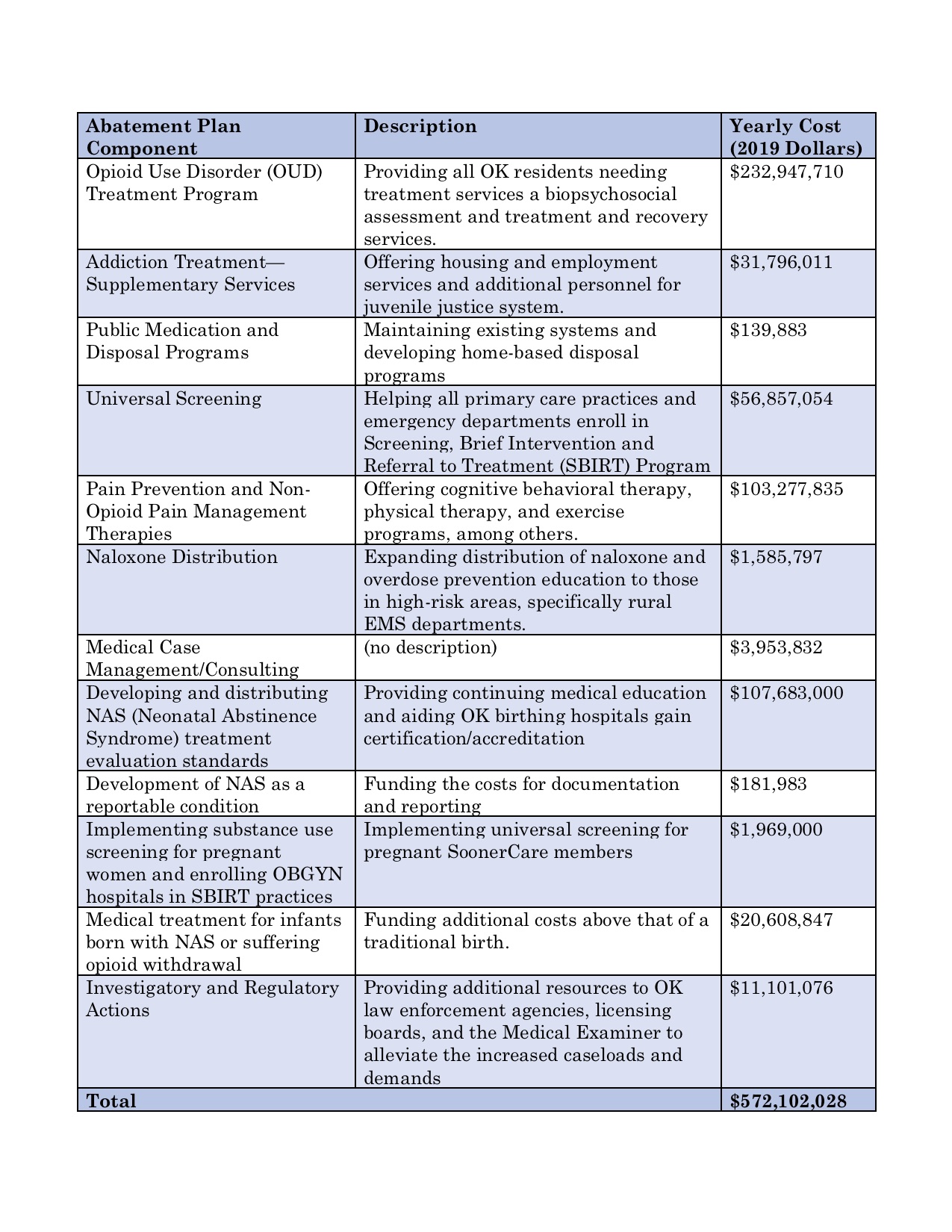By: Mathias A. Young
In 2020, the Supreme Court declared that a large part of Oklahoma was still Indian country[1] because Congress had never formally disestablished a reservation. While the McGirt v. Oklahoma[2] decision certainly had a large impact on the state of Oklahoma and was celebrated as a recognition of Native American treaty rights, its impact was felt less outside of the state. However, the Supreme Court left a question unanswered in McGirt that could fundamentally change the way that states prosecute crimes in Indian country.
Under the federal Major Crimes Act,[3] any American Indian[4] who commits certain offenses is subject to the exclusive jurisdiction of the United States.[5] As Justice Gorsuch put it, “[s]tate courts generally have no jurisdiction to try [American] Indians for conduct committed in ‘Indian country.’”[6] A neighboring statutory provision extends this rule more broadly, stating that “[e]xcept as otherwise expressly provided by law, the general laws of the United States . . . in any place within the . . . exclusive jurisdiction of the United States . . . shall extend to the Indian country.”[7]
Therefore, in addition to re-recognizing the Muscogee Creek Nation’s reservation, McGirt essentially removed between ten and fifteen percent of Oklahoma’s population from state criminal jurisdiction when they committed crimes in Indian country. While the Muscogee Creek reservation only covers approximately ten percent of Oklahoma, subsequent state court cases have extended McGirt to re-recognize the Cherokee, Choctaw, Chickasaw, and Seminole reservations, which together cover almost all of eastern Oklahoma.[8] As a result of these decisions, nearly half of Oklahoma’s four million residents now reside in Indian country.[9]
The McGirt decision only touched on whether states have jurisdiction under the Major Crimes Act to prosecute American Indians who commit crimes in Indian country.[10] In response to losing jurisdiction, Oklahoma petitioned the Supreme Court for review of the McGirt decision and the question of whether states have authority to prosecute non-American Indians in Indian country when the victims are American Indian.[11] Although the Supreme Court withheld certiorari on Oklahoma’s first question, it is taking up the second.[12]
Oklahoma argues that previous decisions from the Oklahoma Court of Criminal Appeals overstepped the bounds of both the Major Crimes Act, 18 U.S.C. § 1153, and the General Crimes Act, 18 U.S.C. § 1152.[13] In so doing, it relies on a mix of textual interpretation of the statutes and analysis of nineteenth century precedent. Oklahoma’s textual analysis begins with a study of the text of the General Crimes Act.
Oklahoma takes issue with the Court of Criminal Appeals’ interpretation of two phrases in the General Crimes Act. The state first argues that the phrase “sole and exclusive jurisdiction” as used in the statute describes which laws extend to Indian country, and not what governments have prosecutorial authority over those laws.[14] Next, Oklahoma disagrees with the Court of Criminal Appeals as to the meaning of the phrase “except as otherwise expressly provided by law.”[15] Instead of exempting Indian country from state criminal law without an act of Congress, Oklahoma argues that the phrase refers to federal laws that do not reach Indian country without congressional approval.[16] This distinction, the state argues, allows Oklahoma to exercise concurrent jurisdiction over non-American Indians who commit crimes against American Indians in Indian country.
In addition to the textual argument, Oklahoma also points to a pair of decisions allowing states to exercise prosecutorial authority in Indian country. One, New York ex rel. Cutler v. Dibble,[17] allowed New York to enforce trespass laws against non-American Indians who attempted to settle in Indian country.[18] However, Dibble did not interpret either the Major or General Crimes Act, instead analyzing whether the New York law violated the Commerce Clause or a treaty.[19] Oklahoma also relies on United States v. McBratney,[20] a case interpreting the predecessor to the General Crimes Act that held that Colorado had jurisdiction over a murder committed by a non-American Indian in Indian country.[21] However, McBratney involved a murder where both the defendant and the victim were not American Indians, a situation that the Court affirmed was still within the jurisdiction of the states in McGirt.[22]
In response, Castro-Huerta argues that precedent stands on his side and that the statutory interpretation undertaken by the Court of Criminal Appeals was correct. In analyzing precedent, Castro-Huerta first points to Williams v. United States,[23] where the Supreme Court held that:
“[w]hile the . . . courts of the State . . . may have jurisdiction over [criminal] offenses committed on this reservation between persons who are not [American] Indians, the . . . courts of the United States . . . have jurisdiction over offenses committed there . . . by one who is not an [American] Indian against one who is.”[24]
Next, Castro-Huerta argues that Williams v. Lee,[25] a civil case involving non-American Indians suing American Indians for a dispute that happened in Indian country, bolsters his case.[26] There, the Supreme Court held that state courts did not have jurisdiction because allowing it would “infringe on the right of the [American] Indians to govern themselves.”[27]
In analyzing the decision of the Court of Criminal Appeals, Castro-Huerta essentially takes the opposite position of Oklahoma. In ascertaining the meaning of “sole and exclusive jurisdiction,” Castro-Huerta argues that the phrase is meant to parallel federal enclaves, where state law is inapplicable.[28] Additionally, Castro-Huerta notes that if Oklahoma’s statutory interpretation is correct, Congress would have had no need to specifically give certain states criminal jurisdiction over crimes involving American Indians on reservations.[29] Castro-Huerta’s argument is, in essence, that if state jurisdiction already extended to crimes involving American Indians in Indian country, Congress would not have assumed the opposite.
If the Supreme Court decides that states have concurrent jurisdiction in criminal cases where the defendant is not ana American Indian but the victim is, the implications will be felt much farther than the bounds of the Sooner State. Although many of the largest reservations, such as the Navajo Nation which encompasses parts of Arizona, New Mexico, and Utah, lie in the western part of the United States, reservations can be found in half of the states.[30] In addition to greatly reducing the judicial autonomy afforded to the Five Tribes of Oklahoma after McGirt and its subsequent state court cases, a decision in favor of Oklahoma in Castro-Huerta could fundamentally reorder the way that state criminal law is applied in Indian country across the United States.
[1] “Indian country” is a legal term of art used to refer to lands under the control of federally recognized tribes. For the sake of accuracy, it is used in this article with the same meaning as the Major Crimes Act, the General Crimes Act, and the caselaw interpreting those statutes.
[2] 140 S.Ct. 2452 (2020).
[3] 18 U.S.C. § 1153(a).
[4] The term “American Indian” was chosen for use by the author throughout this blog. Where an alternative term is used, the different term was the result of a quote or another source.
[5] Id.
[6] McGirt v. Oklahoma, 140 S.Ct. 2452, 2459 (2020).
[7] 18 U.S.C. § 1152.
[8] See generally Grayson v. State, 485 P.3d 250 (Okla. Crim. App. 2021) (Seminole); Spears v. State, 485 P.3d 873 (Okla. Crim. App. 2021) (Cherokee); Sizemore v. State, 485 P.3d 867 (Okla. Crim. App. 2021) (Choctaw); Bosse v. State, 499 P.3d 771 (Okla. Crim. App. 2021) (Chickasaw).
[9] Mitchell Jagodinski, Fallout from McGirt and Testimony About Future Crimes, SCOTUSblog (Aug. 20, 2021, 8:48 PM), https://www.scotusblog.com/2021/08/fallout-from-mcgirt-and-testimony-about-future-crimes/.
[10] McGirt, 140 S.Ct. at 2479.
[11] Petition for a Writ of Certiorari at i, Oklahoma v. Castro-Huerta, No. 21-429 (Sept. 21, 2021).
[12] Oklahoma v. Castro-Huerta, 142 S.Ct. 877 (2022) (mem.).
[13] Petition for a Writ of Certiorari at 11–12, Oklahoma v. Castro-Huerta, No. 21-429 (Sept. 21, 2021).
[14] Id. at 12.
[15] Id.
[16] Id.
[17] 62 U.S. 366 (1858).
[18] Id. at 371.
[19] Id. at 370.
[20] 104 U.S. 621 (1882).
[21] Id. at 624.
[22] McGirt v. Oklahoma, 140 S.Ct. 2452, 2479 (citing McBratney, 104 U.S. at 624).
[23] 327 U.S. 711 (1946).
[24] Id. at 714.
[25] 358 U.S. 217 (1959).
[26] Id. at 218.
[27] Id. at 223.
[28] Brief in Opposition at 13, Oklahoma v. Castro-Huerta, No. 21-429 (2021).
[29] Id. at 11–12.
[30] Frequently Asked Questions, Bureau of Indian Affs., https://www.bia.gov/frequently-asked-questions (last visited Feb. 21, 2022); Eric Johnston, Which States Have Indian Reservations & How Many?, Synonym (Sept. 29, 2017) https://classroom.synonym.com/which-states-have-indian-reservations-how-many-12083590.html.



